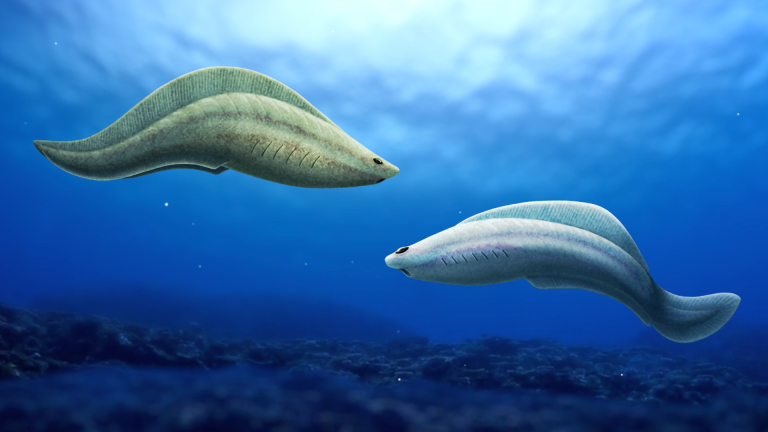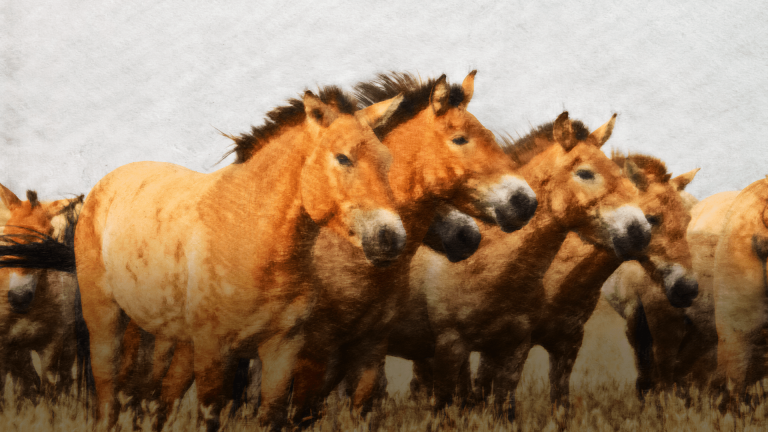Back to Show
Eons
How Ancient Microbes Rode Bug Bits Out to Sea
Season 6
Episode 11
Between 535 and 520 million years ago, a new kind of biological litter began collecting in the ancient oceans of the Cambrian period. Exoskeletons helped early arthropods expand in huge numbers throughout the world’s oceans. And tiny exoskeleton fragments may have allowed some of the most important microbes in the planet’s history to set sail out into the open ocean and change the world forever.
Sign up now for inspiring and thought-provoking media delivered straight to your inbox.
Support Provided By

9:05
Ants have been farming for 60 million years! We explore how, when and why they started.

7:56
Would it really be impossible for us to reconstruct their morphology?

7:02
Sour used to be the taste of danger. But, now its role has reversed.

6:52
This tiny, simple animal, the Myxozoans, evolved from something bigger and more complex.

7:50
Only a few million years ago, Hyenas lived very different lives from what we know today.

8:44
A truly enormous ichthyosaur reached its size within just a few million years.

8:50
The giant pterosaur's occupied the empty Hateg Island.

9:12
We learn why all mammals today, from humans to bats, have five fingers or fewer.

6:32
With evidence from from art, archaeology, and ancient DNA, we put together horses history.

8:52
Here's why teeth would go on to disappear in some groups of vertebrate.

10:21
Dinosaurs were not just carnivores or herbivores; they were occasional omnivore too.

7:53
The Snake Detection Hypothesis is deeply embedded in primates, including us.











